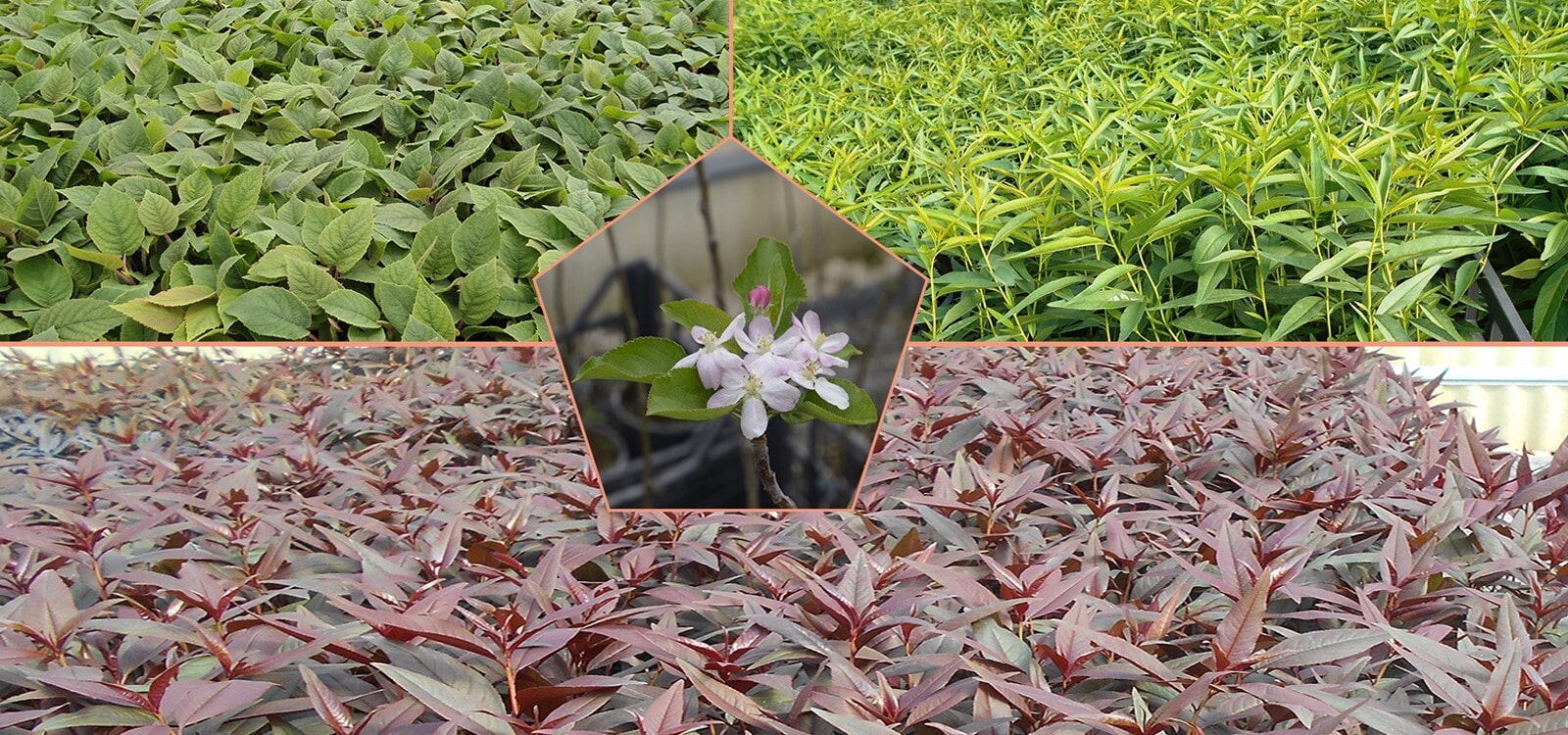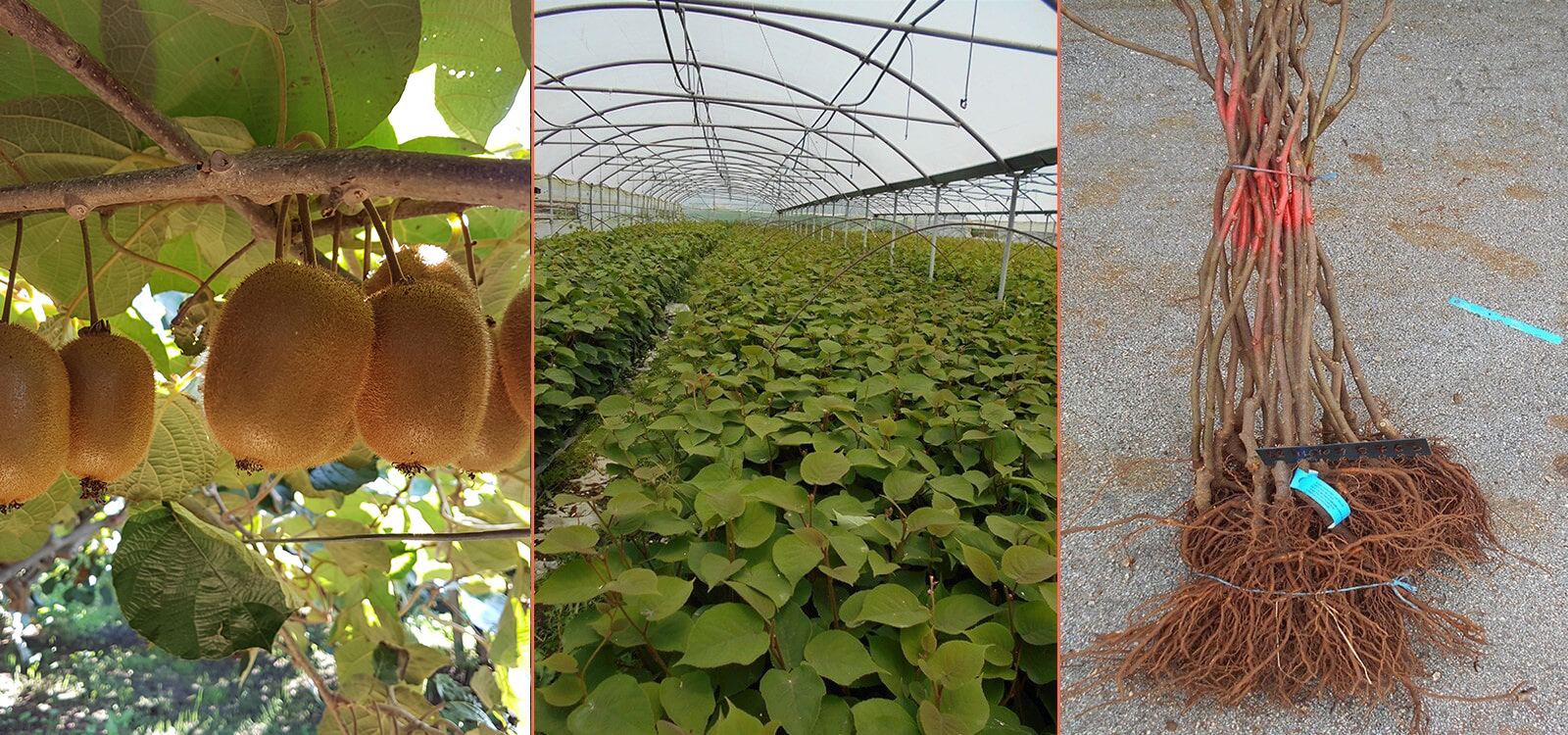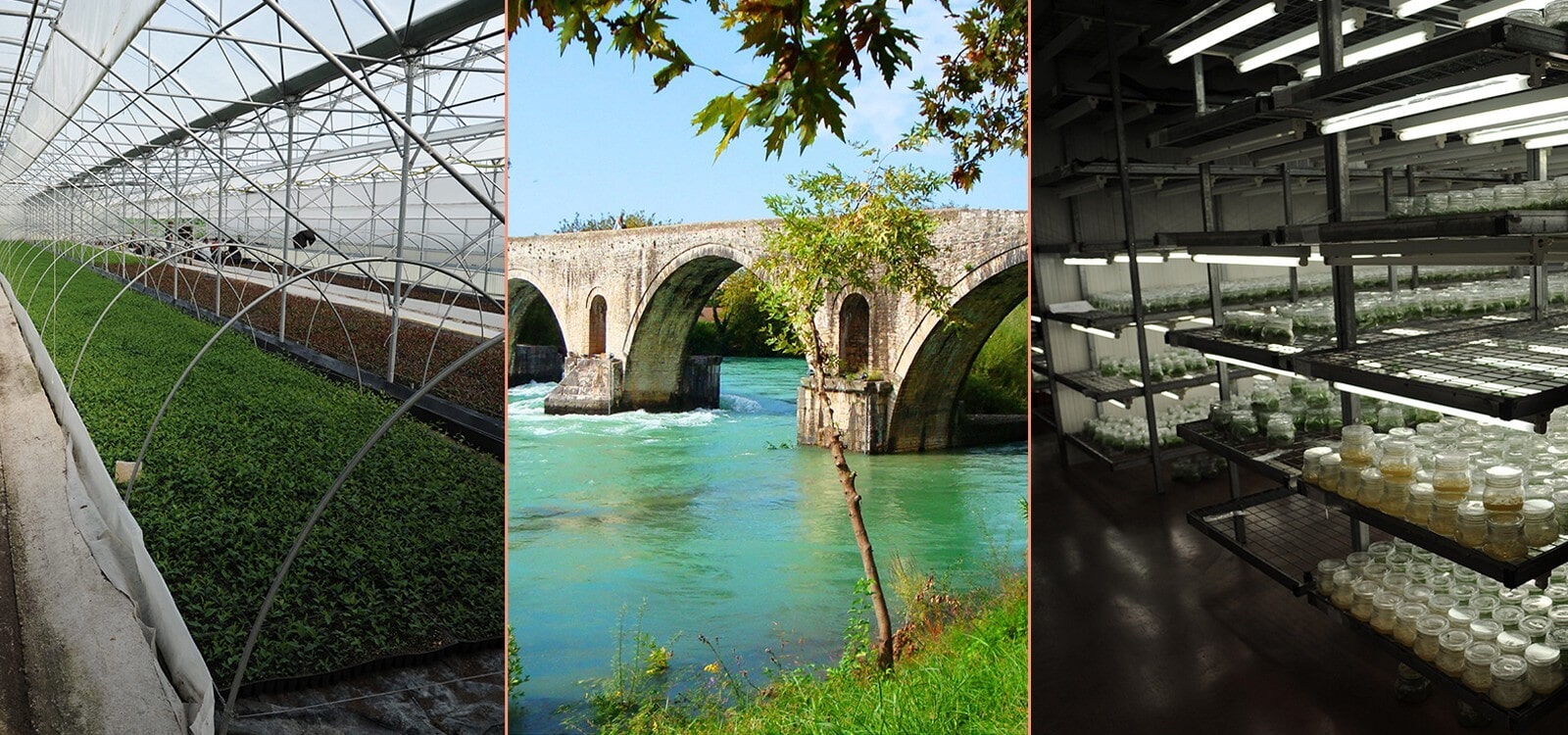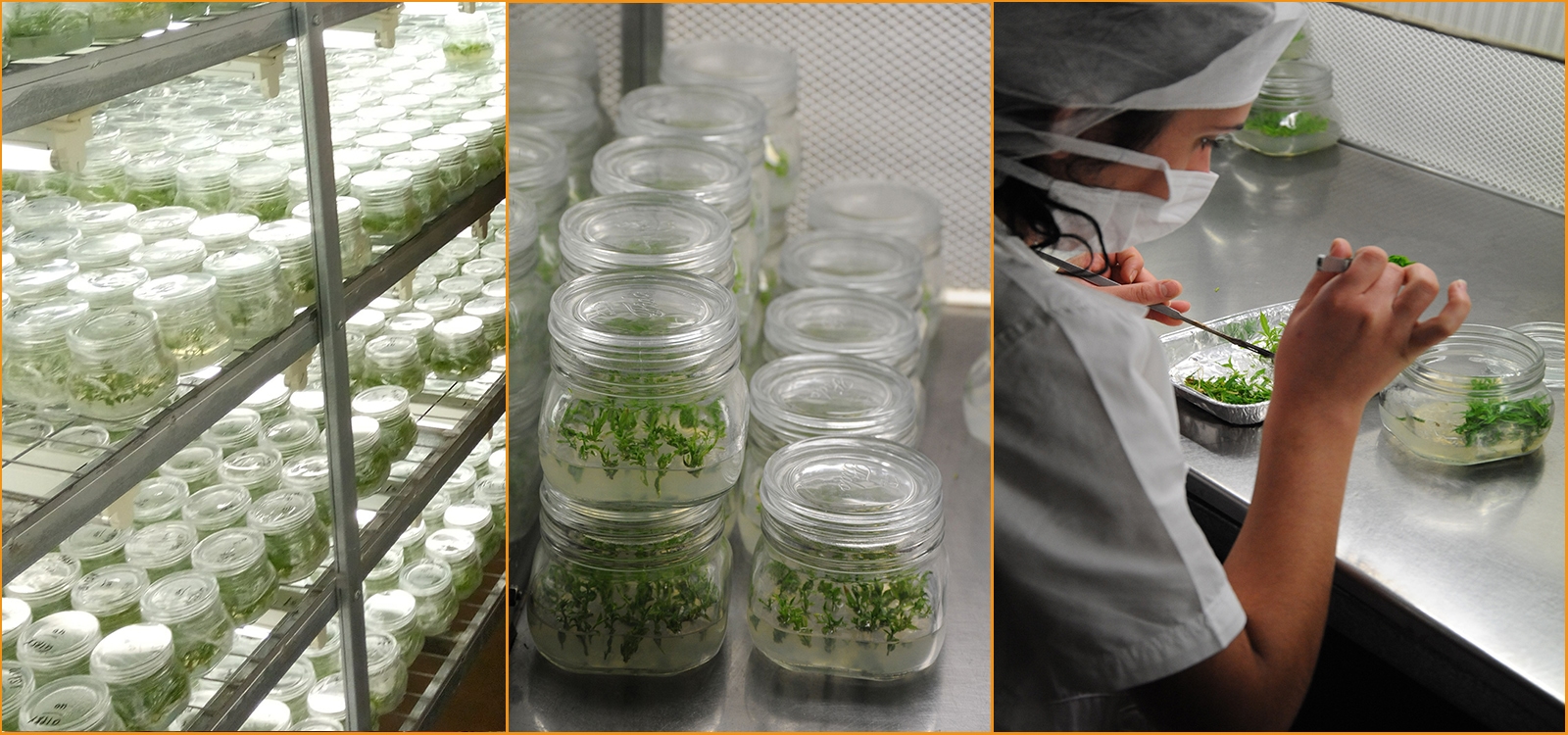GISELA
GiSelA®5 Gi 1482(S)
The most important dwarfing cherry rootstock in Central Europe.
GiSelA®5(S) has performed very well worldwide in the temperate zone with different soil and climatic conditions, with a great number of cultivars, various training systems and planting densities and is regarded as dwarfing standard (about 50 % weaker than P. avium). In Germany, currently far more than half of the new intensive commercial orchards are planted on GiSelA®5(S).
GiSelA®5(S) is also used successfully as rootstock for sour cherries.
GiSelA®5(S) is recommended for cultivation on good soils.
GiSelA®5(S) is suited for different growing intensities, including cultivation under cover. When trained as spindle, common distances in the row range from 2,5m to 3,0 m.
GiSelA®6 Gi 1481(S)
High-yielding size-controlling rootstock.
GiSelA®6(S) is less demanding to soil quality, water supply and cultural management than GiSelA®5(S). The vigor of this clone is between GiSelA®5(S) and P. avium. It is adapted to less intensive cultivation. Despite of vigorous growth in the first years, trees start to crop early.
GiSelA®6(S) facilitates the change from vigorous to size-reducing rootstocks. In the U.S., GiSelA®6(S) is the most often planted GiSelA® type.
GiSelA®6(S) is the rootstock of choice for lighter soils or heavier soils without irrigation possibility.
GiSelA®6(S) should be selected, if trees are trained as crowns with permanent scaffolds, for more extensive orchards and greater plant distances.
GiSelA®12 Gi 1592(S)
The alternative to GiSelA®5(S) and 6(S).
GiSelA®12(S) induces similar vigor as GiSelA®6(S), but may also be more vigorous under some conditions. In Europe, GiSelA®12(S) gains importance at sites where unfavorable for GiSelA®6(S) (windy sites and high precipitation).
Less fruitfulness compared to GiSelA®5(S) and GiSelA®6(S) is assessed as positive as there is less risk of overcropping when combined with self-fertile cultivars. It induces precocity and good fruit size which is enhanced with regular pruning. Besides good winter hardiness, GiSelA®12(S) is also adapted to hotter climates.
GiSelA®12(S) has been classified as tolerant to viruses PDV and PNRSV.
GiSelA®13 Gi 14813(S)
The less demanding rootstock.
Size-control of GiSelA®13(S) is comparable to GiSelA®6(S). GiSelA®13(S) has many advantages known from GiSelA®5(S), as precocity, no suckers and flat branching angles, as well as good grafting compatibility. This rootstock has performed very well under conditions suboptimal for GiSelA®5(S). Even on less favorable soils and under replanting conditions, GiSelA®13(S) achieved high yields and always good fruit quality.
In South America, GiSelA®13(S) stood out by its tolerance to drought.
GiSelA®13(S) is the ideal rootstock when combined with self-fertile varieties.
GiSelA®17 Gi 31817(S)
The most vigorous clone, adapted to replanting.
GiSelA®17(S) is the most vigorous clone of all GiSelA® types. Trees will be 20 – 30% smaller than trees on F12/1 and are much more precocious. Due to good compatibility and tree health, GiSelA®17(S) is an alternative to Maxma 14. In trials in North America and Germany, GiSelA®17(S) showed good fruit quality and high and early crops.
The parental species Prunus canescens and Prunus avium make this rootstock very robust and suitable for replanting.
No tree losses or other adverse characteristics have been observed.
There is less risk of overcropping than with GiSelA®5(S) or GiSelA®6(S), which makes GiSelA®17(S) very well suited for combination with self-fertile cultivars. There is tolerance towards PDV and PNRSV viruses.
GiSelA®17(S) is less demanding to soil and climatic conditions and cultural intensity than GiSelA®5(S).
FITOTECHNIKI
Filothei
471 00 Arta – Greece
Phone: +302681051554
info@fitotechniki.com




